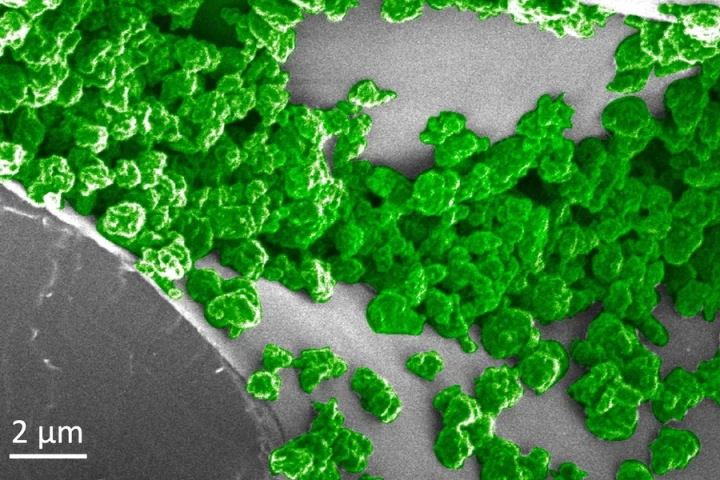Fluorescent
-
Scientists have made a major breakthrough in the accuracy and speed at which serious and often deadly pathogen infections can be diagnosed and treated. Often, this is time that is critically important in saving a patient's life.
-
Scientists have “painted” with DNA, creating 16 million colors to accurately reproduce digital images with 24-bit color depth. The resulting images are incredible, and represent not just a new art form but potential advances for storing data on DNA.
-
In order to smuggle illegal drugs into prisons, people are now soaking materials like paper and fabric in such drugs, letting the materials dry, then passing them along to inmates. A new portable device, however, sees through that ruse.
-
This stunning image may look like a particularly lively Jackson Pollock painting, but it’s actually an example of a new cell imaging technique. The subject? A human retina.
-
The discovery of extraterrestrial life is most likely to come from tiny fossils on Mars. To aid that search, scientists have developed a portable device called the Biofinder that can highlight organic residue in fossils tens of millions of years old.
-
Scientists have developed a new light-activated “photoimmunotherapy” that could help treat brain cancer. The key is a compound that glows under light to guide surgeons to the tumor, while near-infrared light activates a cancer-killing mechanism.
-
Researchers in Canada have developed a new tool that can let scientists examine proteins more closely, aiding study of disease and drug development. The team used DNA to create nanoantennas that fluoresce in response to different protein functions.
-
A decent chunk of energy usage goes towards lighting, so scientists at MIT are developing a new kind of passive lighting – glow-in-the-dark plants. In the latest experiments, the team made them glow brighter without harming their health.
-
When lightweight composite materials are used in fields such as aerospace, it's vitally important to know if they're experiencing mechanical stress – before they fail. A new composite is able to do so, simply by fluorescing under UV light.
-
A team of scientists has managed to produce what are described as the brightest fluorescent materials in existence, opening up new possibilities in everything from the development of next-generation solar cells to advanced lasers.
-
Although many fossils are simply lying exposed on the soil's surface, finding all of them would require a great deal of walking over varying terrain. A new autonomous hexacopter drone could help, as it uses a laser to hunt for fossils at night.
-
Researchers have incorporated living microbes into 3D printed objects. The resin material is embedded with chemical “instructions” that tell a layer of microbes to fluoresce in particular colors, producing a stunning array of patterns and designs.
Load More











